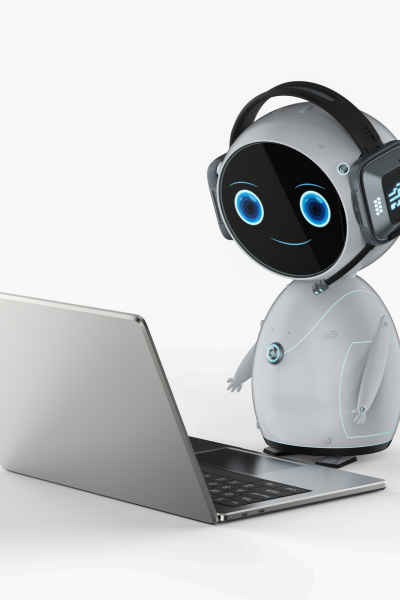
Chatbots are a useful way to engage better with customers and visitors to your website. However, to make the most of them you need to follow certain guidelines.
Set Clear Goals For Your Chatbot
Your chatbot will be unique to your organization or personal brand. What do you want it to achieve? Do you want it to answer customer questions, provide product recommendations, or something else entirely? Once you know your goals, you can start to design a chatbot that is tailored to meet them.
Choose the Right Chatbot Platform
There are a number of different chatbot platforms available, so it’s important to choose one that is right for your needs. Consider factors such as the platform’s capabilities, pricing, and ease of use. If you want to browse some of the most popular and best-rated, check out Forbe’s 7 Best Chatbots.
Train Your Chatbot With a Large Amount of Data
The more data your chatbot is trained on, the more accurate and helpful it will be. Be sure to include a variety of data, such as customer questions, product descriptions, and FAQs. This, of course, takes time as more users interact with your chatbot.
Test Your Chatbot Thoroughly
Before you launch your chatbot to the public, be sure to test it thoroughly to make sure it is working properly. This will help you identify any potential problems and fix them before they impact your customers. Some problems will likely not be obvious until after you release it. Tweaking and improving a chatbot will be an ongoing process. However, you may catch some obvious bugs before releasing it by doing sufficient testing.
Once your chatbot is live, be sure to monitor its performance to see how it is doing. This will help you identify areas where it can be improved.
Make Sure Your Chatbot is Easy to Use
The whole point of a chatbot is to make your website more user-friendly. Customers should be able to start a conversation with your chatbot quickly and easily. Use natural language processing (NLP) to make your chatbot more conversational. This will help your chatbot understand what customers are saying and respond in a natural way. Pay attention to complaints, feedback, and customer satisfaction surveys to identify possible issues.
Personalize Your Chatbot’s Responses
This will help customers feel like they are interacting with a real person. Personalizing chatbots is a new and quickly-developing technology. Many customer interactions with chatbots are too brief for any personalization to take place. However, more sophisticated chatbots can ask the user’s name and develop insights into their particular needs by using prompts.
Make Your Chatbot Available 24/7
One of the main advantages of a chatbot is that it can be available when human customer service is offline. Visitors may be in different time zones, so you want to be able to serve people from anywhere in the world at any time. This will ensure that customers can get the help they need when they need it.
Track Your Chatbot’s Performance
This will help you identify areas where your chatbot can be improved. At the very least, track basic metrics such as the number of conversations and the average length of conversations. It’s also worthwhile to have a customer satisfaction survey to measure visitors’ responses to your chatbot. For more on this, see Hootsuite’s Chatbot Analytics 101.
Remember That Chatbots Can’t Replace Personal Customer Service
Don’t expect your chatbot to handle 100% of your customer service. People need to be able to contact a live person, whether by phone, chat, or email, for complex problems and specific questions. Chatbots are useful for answering basic questions and for when live customer reps aren’t available.
By following these recommendations, you can create an optimal chatbot that will provide a valuable experience for your customers. Keep in mind that AI and chatbot technology is rapidly evolving. Be sure to track the latest industry news and trends.
